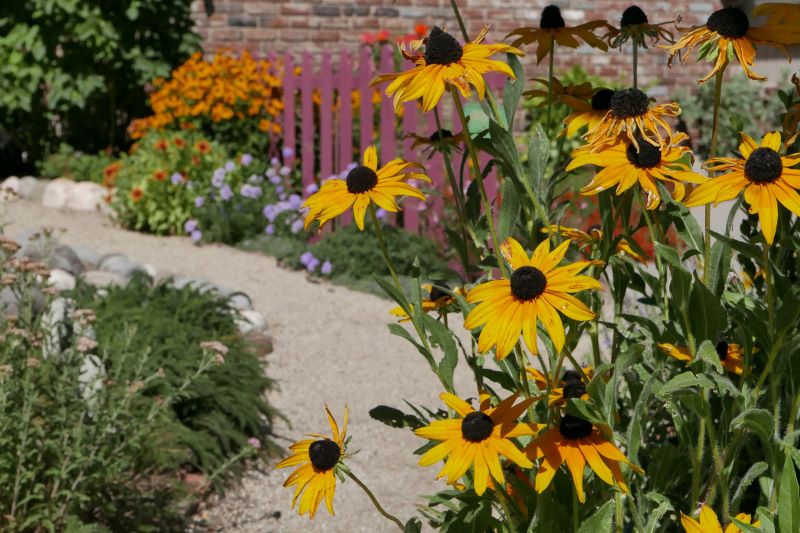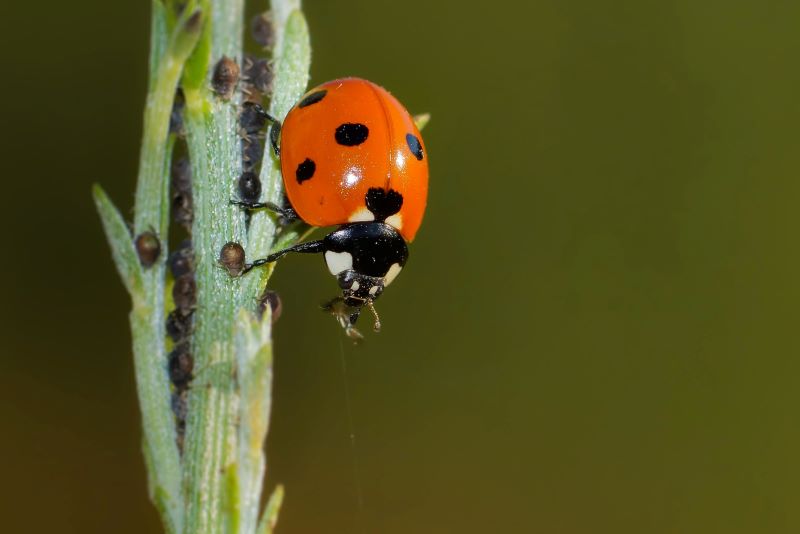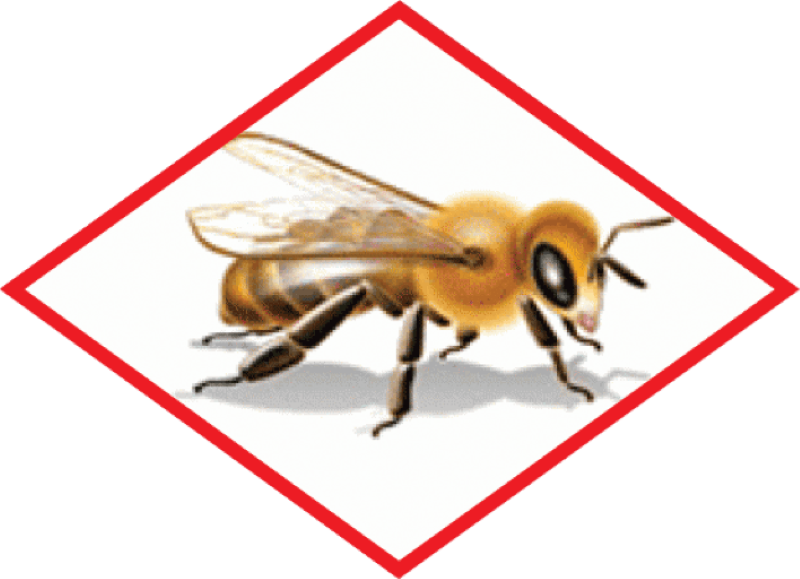Why Pollinators are Important
Can you imagine a world without chocolate? Oh, the horror! That’s a world we might have to imagine if there were no chocolate midges, which are the only pollinators of cacao flowers. Pollinators are essential for chocolate and about one in three bites of other foods we eat. Without pollinators, our diets would be limited to things like wheat, rice and potatoes. We wouldn’t have delicious fruits like kiwi, watermelons, blueberries or our beloved chocolate. In addition to the plants we eat, about 90% of flowering plants on Earth depend on pollinators. Without pollinators, not only would our diets be boring, but the world would be a pretty different place with less biodiversity and beauty.
Three Ways to Protect Pollinators
1: Create habitat
Provide food, water and shelter in your yard to create habitat for pollinators.
- Consider replacing some of your lawn with flowering plants.
- Choose a variety of plants that provide pollen and nectar throughout the growing season.
- Prioritize native plants because they often provide the best resources for pollinators.
- Put out a shallow water dish with pebbles in the bottom.
- Consider putting up “bee hotels” for cavity nesting bees.

Caption: An example of a front yard in the Truckee Meadows where the lawn was replaced with native and drought-tolerant perennials that provide habitat for pollinators. Credit: Carrie Jensen
2: Limit the use of pesticides
When it comes to managing pests in our yards, pesticides should only be used when they are really needed. Prevention and good common sense can go a long way to reducing pests from the start. Try these Integrated Pest Management techniques:
- Build healthy soils that help support healthy plants with organic mulches.
- Purchase healthy plants that are well suited for our climate.
- Provide proper irrigation.
- Clean and sanitize tools to reduce spread of diseases.
- Hand pull weeds.
- Wash aphids off with water.
- Look for and encourage beneficial insects like ladybugs and praying mantis.
- Tolerate a certain amount of pest damage

Caption: Beneficial insects, like this ladybird beetle, can help control garden pests such as aphids. Photo credit: Pixnio, CC0.
3: Follow these guidelines for pesticide use
- Always follow the label instructions and look for the pollinator advisory box
- Apply pesticides early in the morning or in the evenings when pollinators are less active
- Avoid spraying flowers, if possible
- Minimize drift to nontarget areas
- Don’t apply pesticides when it is windy or over 85 degrees F.

Caption: This is the EPA bee advisory symbol, which alerts pesticide users to separate restrictions and instructions to protect bees and other insect pollinators.
For more information, we also have a bilingual fact sheet on how to protect pollinators during pesticide application.
This material is based upon work supported by the National Institute of Food and Agriculture, U.S. Department of Agriculture, under Award No. 2021-70006-35488. Any opinions, findings, conclusions, or recommendations expressed in this publication are those of the author(s) and do not necessarily reflect the view of the U.S. Department of Agriculture.
Jensen, C. and Kratsch, H.
2023,
Pollinator Protection,
Extension, University of Nevada, Reno


